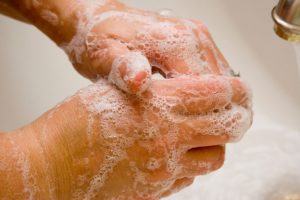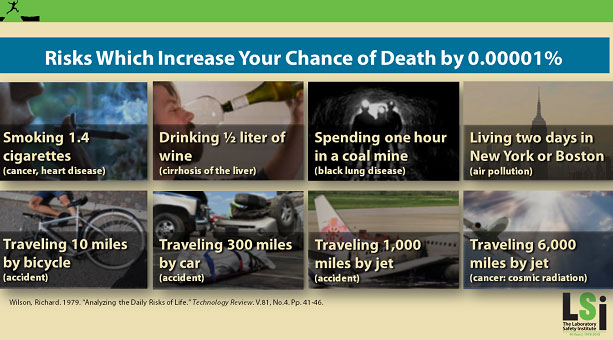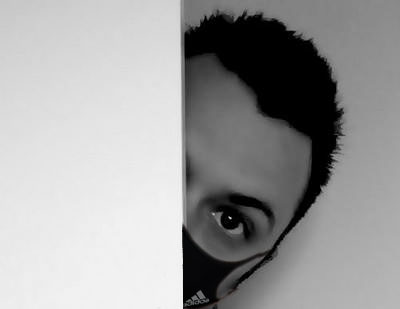Someone is coming up the stairs toward me. Even though we’re both wearing masks, I hold my breath, do-si-do sideways and squeeze past him while being careful to avoid contact with the railing.
Am I a little paranoid? Perhaps.
 Or maybe COVID-19 is pushing us all closer to the edge, blurring the lines between prudence and phobia. The New York Times has noted that with so many people washing their hands raw to protect against the virus, people with diagnosed obsessive-compulsive disorder are having serious difficulty determining if their own behavior is normal or not.
Or maybe COVID-19 is pushing us all closer to the edge, blurring the lines between prudence and phobia. The New York Times has noted that with so many people washing their hands raw to protect against the virus, people with diagnosed obsessive-compulsive disorder are having serious difficulty determining if their own behavior is normal or not.
But where do you draw the line? How much is too much? Even if you never leave the house, never touch anything without gloves, wear an N99 mask to open the mail and clear all rooms with a disinfectant fog grenade before entering, life’s hazards will not disappear.
According to Dr. Sanjeev Kakar at the Mayo Clinic, COVID-19 stay-at-home orders actually led to an increase of injuries from household accidents. (See the National Safety Council’s home safety page for prevention tips.)
Every time you walk or run, you run some risk of injury. Then again, sitting all day increases your risk of heart disease and diabetes. (And then there was the guy who was killed by his own office chair.)
In the Laboratory Safety Institute’s courses, we illustrate the point with this chart listing several activities that increase a person’s chance of death by 0.00001%.

William Lowrance, an influential thinker in the field of safety, stated the timeless principle: “Safety is a judgment about the acceptability of risk.” Since it is impossible to avoid all risk, all we can do is make a judgment about what level of risk is acceptable.
But who decides the acceptable level of risk when it comes to COVID? Even U.S. disease chief Anthony Fauci had to second-guess his own safety advice. What one considers an acceptable level of risk may be completely unacceptable to another. And since we all live on this planet together, what you consider an acceptable level of risk could affect others in a drastic way.
We’re all trying to figure out where to draw lines. Maybe I’m overboard, maybe we’re all a little overboard, and maybe that’s not such a bad thing. This must be what they keep calling the “new normal.”


Prudence is important, protecting others as well as ourselves is wise and considerate. I believe wearing a mask in public spaces is correct and am disappointed that masks have been politicized.as an engineer for 43 years I built my career on risk assessment based on the best science and practice at the time. Those best practices have evolved overtime and what was once thought acceptable is no longer.
PPE is a last resort but when other measures are ignored or not yet available it is the method of choice. Ignorance of the contagion facts can prove fatal. Bravado and cavalier rejection of helping others is in my opinion more dangerous than Covid 19 as bad as fast is.
During WWII a statistician carefully noted bullet holes in all returning B-17’s. He proudly presented a cluster diagram of the collected data to commanding officers, stating there should be more armor where the heaviest clusters were present. One General remarked, perhaps the unmarked areas should be armored, since your diagram shows the planes that came back!
We always need to be careful what we do with data!